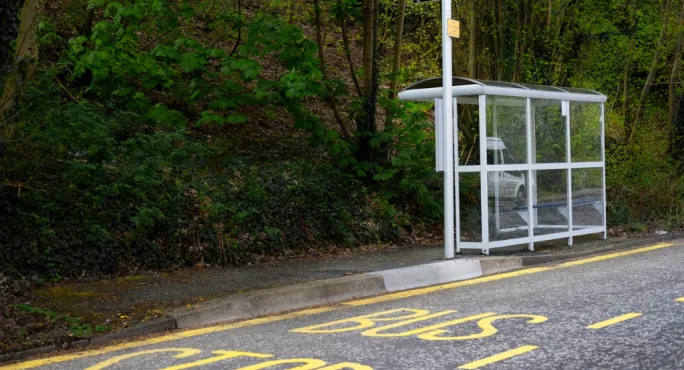So, we now have guidance for the autumn term. It’s long; it’s detailed; it’s covered most things. But is it workable?
Let me start by saying that it makes perfect sense for the government to want all pupils back in school - I want this too - and, of course, it is vital that we put in measures to further prevent the spread of Covid-19 and protect staff and pupils.
As such we will do our best to follow them for everyone’s benefit. However, there is one aspect of it that strikes me straight away. It comes in Section 2: School Operations. And that’s transport.
Rural locations
I live and work in Cornwall. It’s a rural area and is, obviously, vastly different to cities or urban areas when it comes to getting from A to B.
Some context: as an alternative provision school, we have pupils that travel from each end of the county - as far as 50 miles away - and from at least 17 different towns.
Parents/carers are working, have other childcare needs, or have to take other children to school - the siblings of our pupils are at different schools, often in different towns.
So, if parents/carers can’t bring them to school, they can just hop on a bus, right? Well, not really.
For a start, the government guidance states that “children and young people are encouraged to avoid public transport, particularly at peak times, and to walk or cycle to school or college”. This is just impossible for many.
However, the bus isn’t always possible, either.
As an example, a pupil travelling from Camborne would need to get a 6am bus, change twice and walk 20 mins to get to school on time.
Of course, there is the option of taxis, paid for by government funds via our local authority. It’s expensive, though, and so pupils often travel and arrive together. It isn’t possible to keep socially distant in a taxi.
Facing the issues
And what about face coverings?
The guidance states: “Face coverings are required at all times on public transport, including taxis (for children over the age of 11).” The government has also asked schools to have a process for ensuring face coverings are removed when pupils arrive at school.
But what if they lose them, or tear them, or even deliberately hide them? Who is responsible then? Does the taxi driver still take them? Do we need to drive them home?
In some ways, it will be easier for us as an AP school because we are permitted to count our whole cohort as one bubble. I really fear for smaller schools (especially rural ones) who have to make this happen and keep year group/class bubbles together too.
Of course, as schools always do, we will make full reopening work in some way - and not just because the government says we must, but because we want all our pupils in school.
Kate Martin is vice-principal at Restormel Academy, an alternative provision school in Cornwall. She tweets @k8martin




